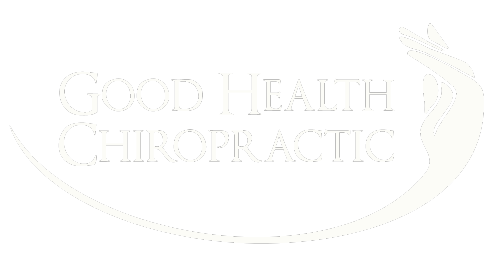Treatments


Typical appointments include Chiropractic adjustment or manipulation followed by other therapeutic modalities.
These include:
Activator Technique
The Activator Technique is a chiropractic treatment method that utilizes a handheld device called the Activator Adjusting Instrument to deliver a controlled, gentle, low-force impulse to specific areas of the spine or joints. It can be particularly beneficial for individuals with sensitive conditions or those who are uncomfortable with traditional manual manipulation techniques.
Sacro Occipital Technique (SOT)
Sacro Occipital technique: SOT stands for Sacro Occipital Technique, which is a chiropractic method that focuses on the relationship between the sacrum (the triangular bone at the base of the spine) and the occiput (the bone at the base of the skull). Developed by Dr. Major Bertrand DeJarnette in the 1920s, SOT aims to restore balance and proper function to the musculoskeletal system by addressing dysfunctions in the pelvis, spine, and cranial bones.
SOT often utilizes specialized blocks or wedges placed under different areas of the body to support specific adjustments or to help the spine and pelvis function. SOT practitioners may also consider how various systems of the body, such as the nervous system, the craniosacral system, and the visceral organs, influence overall health and musculoskeletal function.
Medical Acupuncture
Medical acupuncture, also known as Dry Needling, is a therapeutic technique that involves the insertion of thin needles into specific points on the body to promote healing, alleviate pain, and improve overall well-being. Unlike traditional acupuncture, which is rooted in traditional Chinese medicine (TCM) and the concept of balancing the flow of energy or qi within the body, medical acupuncture is based on modern scientific understanding of anatomy, physiology, and neurology.
Soft Tissue Release
Soft tissue release (STR) is a manual therapy technique used by various healthcare professionals to address muscle tension, adhesions, and restrictions within the soft tissues of the body, such as muscles, tendons, and ligaments. It aims to restore mobility, flexibility, and function while reducing pain and discomfort.
Fascial Work
Fascial work refers to manual therapy techniques aimed at addressing fascial restrictions within the body’s connective tissue network, known as the fascia. The fascia is a three-dimensional web of collagen fibers that surrounds and supports muscles, bones, organs, and other structures throughout the body. Fascial restrictions or adhesions can develop due to injury, inflammation, poor posture, repetitive movements, or emotional stress, leading to pain, stiffness, and reduced mobility. Examples of fascial work include Instrument-Assisted Soft Tissue Mobilization (IASTM) , Rolling and Self-Myofascial Release (SMR).
Kinesiology Taping
Kinesiology taping is a therapeutic technique that involves applying a flexible, adhesive tape to the skin to provide support, stability, and pain relief to muscles and joints. The tape is made of elastic cotton fabric with an acrylic adhesive that mimics the elasticity and thickness of human skin, allowing for comfortable movement and flexibility.
Home Stretches & Exercises
Advice on simple home stretches and exercises that can help improve strength, flexibility, and overall well-being. Movement is key in aiding recovery.
Spinal Manipulation & Adjustments
Spinal manipulation or adjustment is a quick, controlled force applied to a specific joint. The popping or cracking sound often heard during spinal manipulation treatment is known as cavitation. The pop is a normal and harmless phenomenon and pain-free. It is not essential for a successful adjustment and doesn’t correlate directly with the effectiveness of the treatment.
Pregnant Women
- Prenatal Care: Chiropractic care during pregnancy focuses on gentle adjustments that may help alleviate common discomforts such as back pain, sciatica and pelvic pain alleviating from biomechanical changes that a mother’s body is undergoing.
- Labour Preparation: Techniques and recommendations such as prenatal stretches and exercises.
- Postpartum Recovery: Addressing any lingering musculoskeletal issues post giving birth and providing advice on rehabilitation exercises such as core strengthening.


Babies
Chiropractic care for babies in the UK is a topic of interest for many parents seeking alternative or complementary healthcare for their children.
Relevant Paediatric Training taken by our Paediatric Chiropractor include :
- Neonatal and Infant Examination
- Examination and Correction of the Cranio-sacral System in Paediatric Patients
- Infant Feeding Issues and its Management
- Assessment of Tongue Tie
- Gastrointestinal Disorders and its Management
- Plagiocephaly or Flat head syndrome and its correction
- Primitive reflex and milestone checks along with reflex integration techniques
- Treatment protocol for Common Paediatric Musculoskeletal issues
